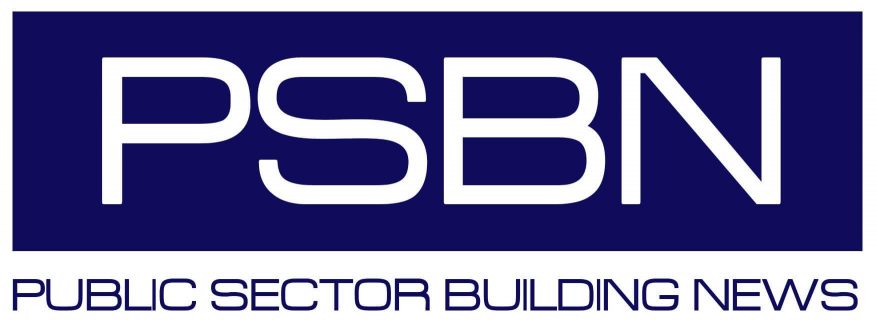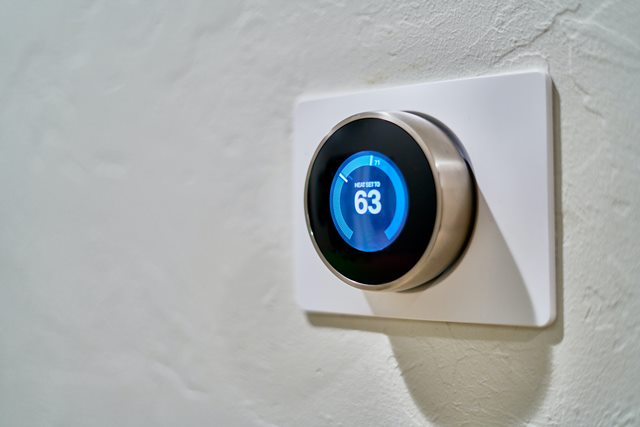“IoT may well be integral to digital transformation in social housing but the benefits it delivers cannot be fully realised unless social landlords assure seamless mobile connectivity” says Colin Abrey of Nextivity
For social housing landlords the advantages of utilising IoT to manage their respective properties are huge. From using leak detection sensors to prevent water damage, smart thermostats for energy efficiency, fire door safety devices or remote smoke alarm testing for compliancy, to deploying assisted living technologies to facilitating community care through enhanced contact and support capabilities, IoT should be central to the digital transformation of all social housing providers.
Aside from the management and wellbeing benefits, local authorities are under increased pressure to embrace digitization to keep costs down for tenants as demand for more affordable housing increases. Accessibility, rising maintenance costs and tenant safety are just some of the challenges facing social landlords and leveraging IoT to overcome them makes perfect sense. Not only does it deliver cost reduction benefits almost straight away, it enables housing associations to make property developments safer, smarter and sustainable in the longer term.

IoT permits cost effective home improvements and better-quality day-to-day living
Intelligent sensors can be used to measure and gather data from a vast range of property management parameters, including temperature, humidity, carbon dioxide, carbon monoxide, water, noise, and people movement. The collected data is shared and fed back into the network, benefiting not only tenants who are able to better manage their bills through heightened control and smartphone access, but also the housing associations who can use the data insights for predictive maintenance and other efficient resource allocation. Humidity monitoring sensors, for example, can determine whether this is creating an environment for damp and mould, which if left unchecked, will not only incur expensive repair costs, it could potentially cause health issues, leading to hefty insurance claims.
The benefits aren’t just limited to individual homes either. In communal areas, IoT devices could be used to alert to incorrect parking across emergency exits and fire lanes, monitor refuse levels to avoid overflows, or lights not working. Their implementation in turn would augment a housing association’s social responsibilities through the provision of home improvements as well as better quality day-to-day living for tenants.
The need to go digital in line with the new building safety bill
In our digital age there would be significant benefit from installing embedded sensors into all social housing properties as standard. Apart from reducing costs for tenants and landlords, they’re central to public safety and security. Unfortunately, the widespread use of IoT has been restricted for budgetary reasons and the perceived costs of the technology versus the perceived benefits and ROI. However, now that the new building safety bill has come into force, social landlords can ill afford to ignore IoT as all housing associations will be required to nominate someone to be responsible for harnessing data to demonstrate due diligence.
Digital transformation in social housing is unachievable without seamless mobile connectivity
A bigger barrier to implementation, however, particularly in the large tower blocks, is lack of cellular coverage, caused by reinforced concrete, treated glass, galvanised steel, insulation materials, etc which stop the penetration of mobile phone signals. Current building regulations are focused on sustainability, which is of course equally as important, but these gains are at the cost of poor cellular coverage.
The mobile coverage situation in all social housing properties needs to be addressed in advance of any IoT system being implemented because cellular is the key enabler to M2M (machine-to-machine) communications in existing IoT networks because its readily accessible, it’s cheap, and, with encryption, it’s secure. Unless there is provision for reliable mobile coverage in social housing properties, an IoT investment will become nothing more than an expensive white elephant.
IoT also central to Government’s Levelling Up strategy
The only way social landlords can assure uninterrupted coverage for voice and data services as well as M2M connectivity is to take the outside network indoors using supplementary equipment such as mobile signal boosters. And achieving this is no longer the arduous task it once was because the rules pertaining to the use of said boosters have been relaxed by the regulator. As such social landlords can easily and affordably take the necessary measures to improve mobile coverage in their residential properties using readily available equipment. The only limiting factor is that said equipment must satisfy Ofcom’s mobile repeater licence exemption specification and not many do. One such system that does tick all the boxes is Nextivity’s award winning Cel-Fi solutions.
IoT technologies are key to the digital transformation in social housing provision in three core areas;
- Utilising real-time data to improve asset safety
- Reducing cost as maintenance becomes “predictive” and not “reactive”
- Improving communication between residents and landlords to support sustainable tenancies
Seamless mobile connectivity is integral to the realisation of IoT and is neither difficult not expensive to implement. There are numerous initiatives to mitigate mobile black spot across the country, but the vast majority are concerned with outdoor coverage. The indoor situation must also be addressed and not just to facilitate IoT, but as part of the Government’s wider levelling up strategy to overcome regional discrepancies and digital poverty.



